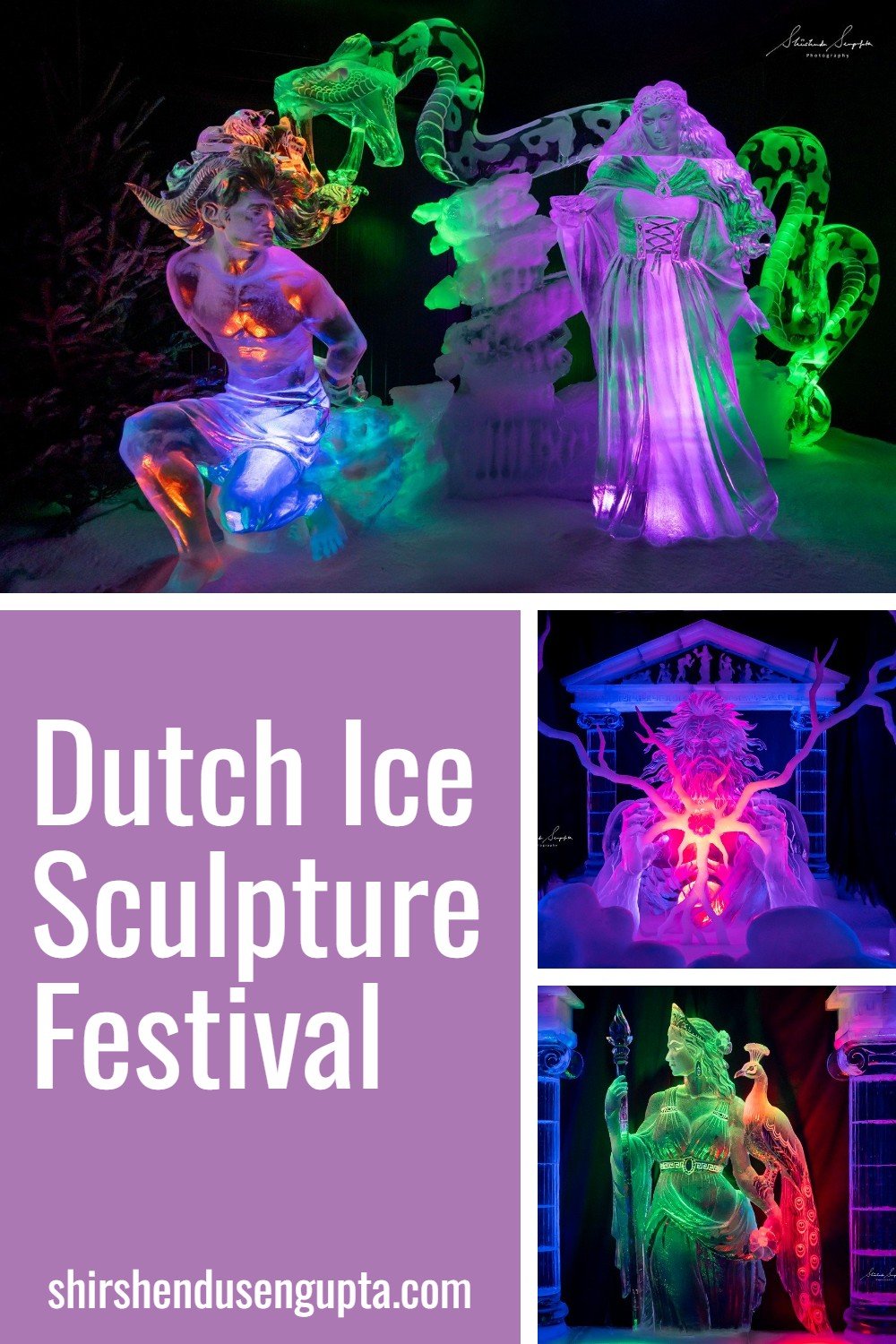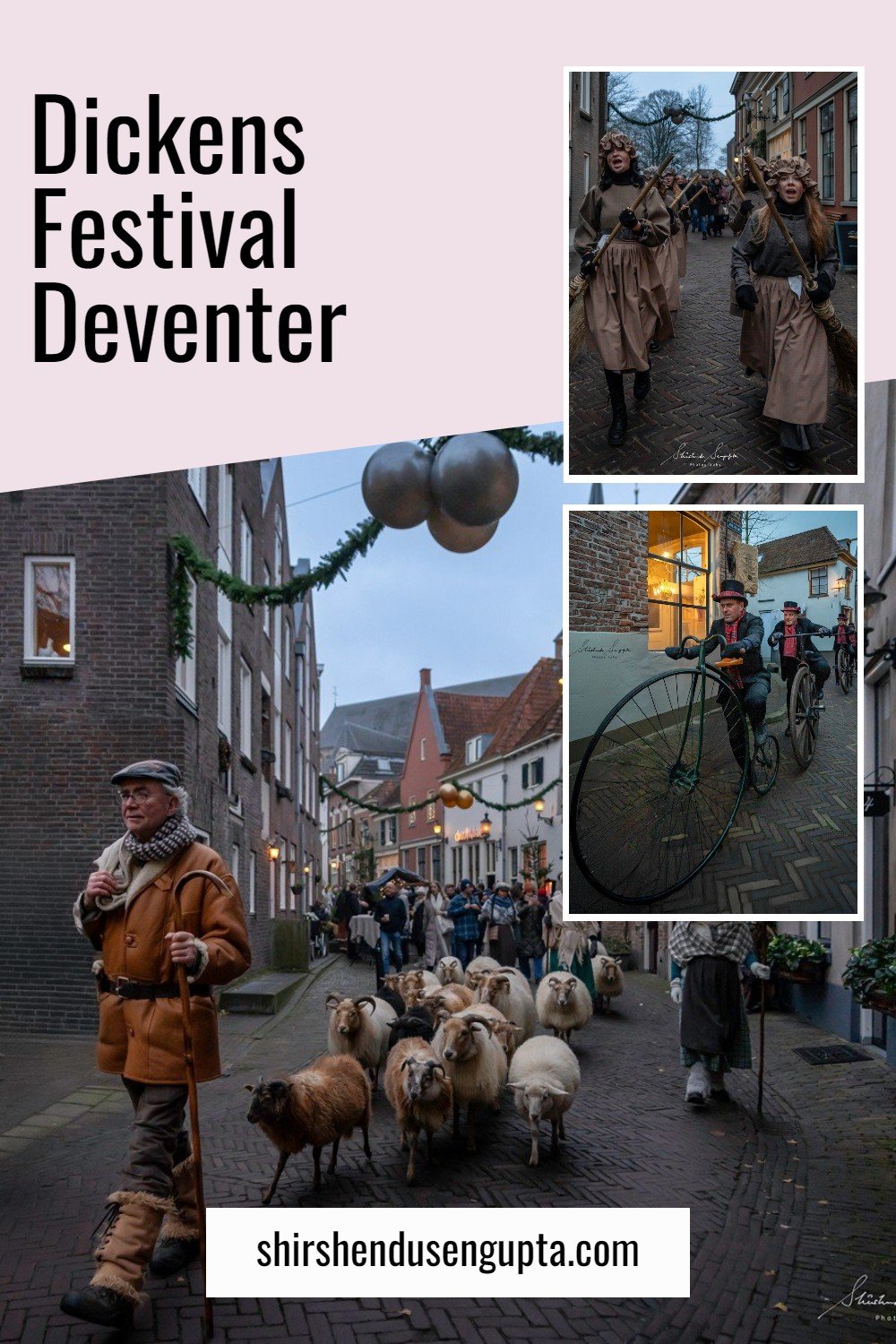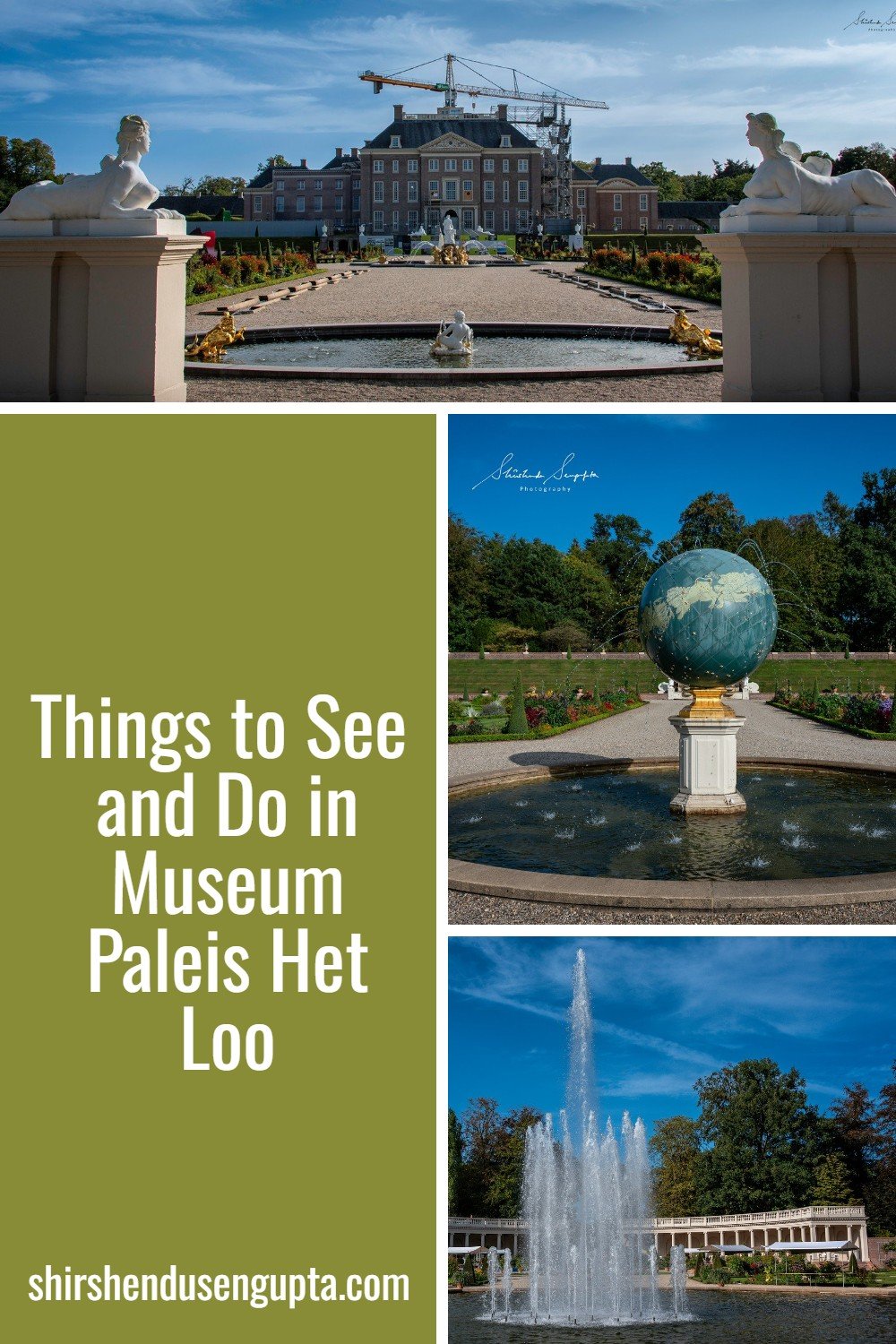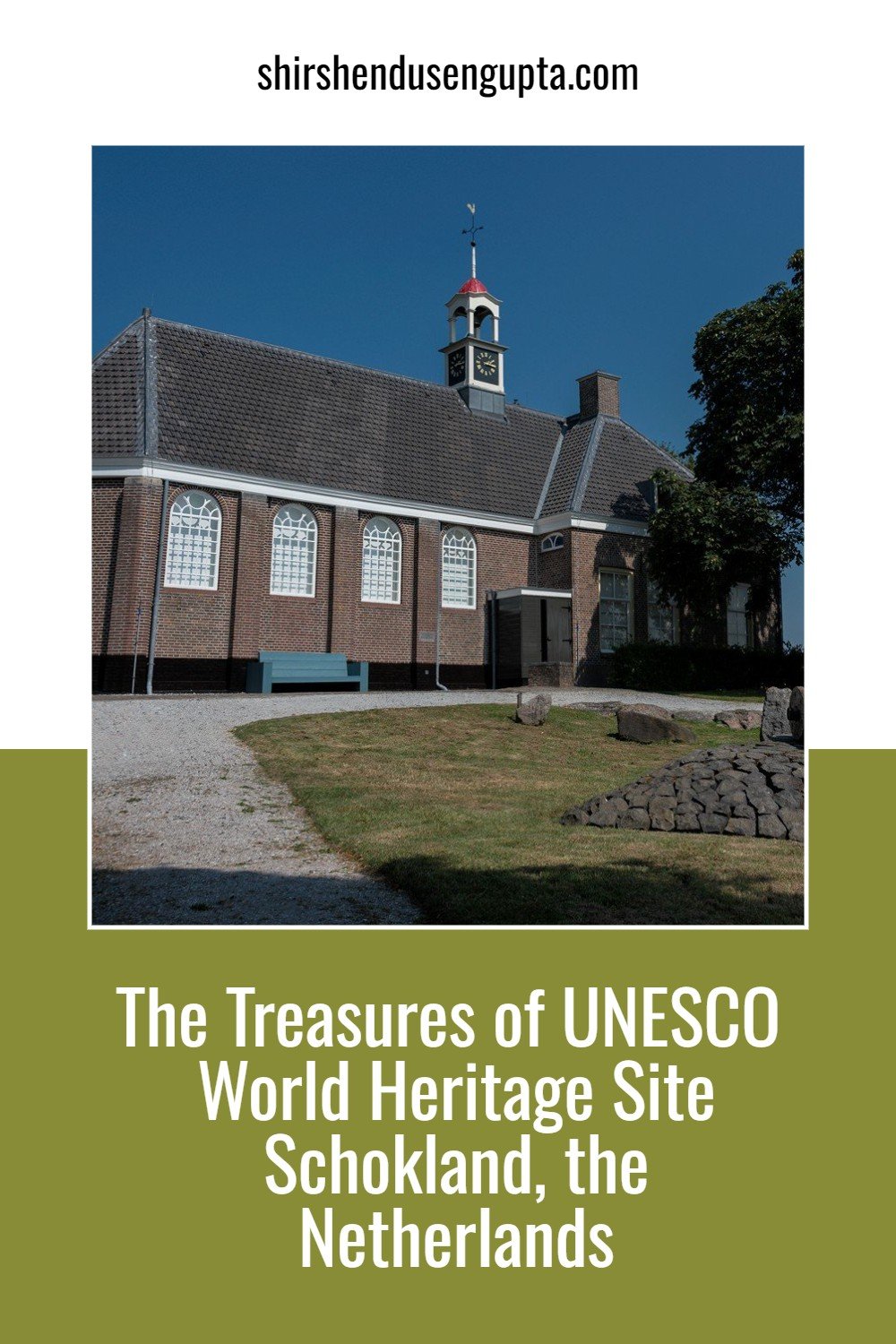15 Best Iconic Murals of Berlin Wall East Side Gallery | Top 15 Most Famous Graffiti and Street Art of Berlin Wall Memorial
Prologue
For over three decades, Berlin, the present capital of Germany, was a divided city, with a wall running through its center. The Berlin Wall divided the city into East and West Berlin from August 13, 1961, until November 9, 1989. Today, the East Side Gallery, the Berlin Wall Memorial in Bernauer Strasse, the Berlin-Hohenschönhausen Memorial, a former Stasi remand jail, and the green Mauerpark are all places where you can find traces of the Wall, its remains, and memorial sites, with The East Side Gallery, formerly a part of the original Berlin Wall being the most famous one. Today I’m going to take you along with me on a journey across the 15 most iconic murals of the Berlin Wall East Side Gallery. Let the journey begin!
The History behind the Berlin Wall
Germany was divided into four occupation zones at the end of WWII, each controlled by the United States, the United Kingdom, France, and the Soviet Union. Despite its location within the Soviet zone, Berlin was divided among the four powers. West Berlin was made up of the American, British, and French sectors, while East Berlin was made up of the Soviet sector.
By 1945, the US and the Soviet Union had established themselves as ideologically opposed ‘superpowers,’ each vying for dominance in the postwar world. Germany became a focal point of Cold War politics, and as the divide between East and West grew, so did Germany's fragmentation. Germany was divided into two independent states in 1949: the Federal Republic of Germany (FDR or West Germany), which was allied with Western democracies, and the German Democratic Republic (GDR or East Germany), which was linked with the Soviet Union.
The East German government closed the border between East and West Berlin in 1952, while the border between East and West Berlin remained open. East Germans could still flee to the less restrictive and wealthier West via the city. Between 1949 and 1961, almost 2.5 million skilled workers, professionals, and intellectuals migrated from East Berlin to West Berlin, threatening East Germany’s economic existence. As a result, East Germany constructed a barrier to prevent East Germans from entering West Berlin and, hence, West Germany. The Berlin Wall, as a result of a directive passed by the East German Volkskammer (“Peoples’ Chamber”) on August 12, 1961, was first erected on the night of August 12–13, 1961. The original barbed wire and cinder block wall was eventually replaced with a succession of concrete barriers (up to 15 feet or 5 meters high) topped with barbed wire and defended by watchtowers, gun emplacements, and mines.
The Berlin Wall came to symbolize the partition of East and West Germany as well as eastern and western Europe during the Cold War. About 5,000 East Germans were able to safely breach the Berlin Wall (through various means), while another 5,000 were apprehended by East German authorities during the attempt, and 191 were killed during the actual crossing.
During the wave of democratization that swept eastern Europe in October 1989, East Germany's hardline communist government was thrown from power. On November 9, the East German government opened its borders to West Germany (including West Berlin) and made gaps in the Berlin Wall, allowing East Germans to travel to the West freely. The Berlin Wall no longer serves as a political barrier between East and West Germany.
The Berlin Wall East Side Gallery
Once the Berlin Wall, now the world's longest open-air gallery. The open-air art museum on the Spree's banks in Friedrichshain is the longest continuous part of the Berlin Wall remaining in existence, measuring 1316 meters. 118 artists from 21 nations began painting the East Side Gallery shortly after the wall was torn down, and it was officially opened as an open-air gallery on September 28, 1990. It was designated as a protected memorial just over a year afterward.
15 Most Iconic Murals of Berlin Wall East Side Gallery
1. The ‘Fraternal Kiss’
‘My God, Help Me to Survive This Deadly Love,’ also known as the ‘Fraternal Kiss,’ is a painting by Russian artist Dmitri Vrubel that depicts the famous embrace between Soviet leader Leonid Brezhnev and East German President Erich Honecker at the 30th anniversary of the German Democratic Republic in 1979. The painting was removed from the Wall in March 2009 due to vandalism and atmospheric conditions deteriorating the artwork, and Vrubel was commissioned to recreate the artwork.
2. ‘It Happened in November’
In 1990, Kani Alavi, a German–Iranian painter, created the haunting mural ‘Es Geschah im November’ (‘It Happened in November’). The abstract artwork depicts the day the Berlin Wall fell, with thousands of East German faces flowing through to the West, and was inspired by Alavi's own observations from his previous apartment near Checkpoint Charlie. The expressions on the faces depict a mix of surprise, pleasure, apprehension, and emancipation experienced by East Germans crossing the border into the West.
3. The Trabant breaking through the wall
Birgit Kinder painted this renowned artwork depicting a Trabant automobile smashing through the Berlin Wall. The Trabant, which can be found all over the German Democratic Republic, is seen as a symbol of old East Germany and the fall of the Soviet Union. The picture pays homage to both the iconic vehicle and the numerous East Germans who attempted to flee through the Berlin Wall.
4. ‘Tolerance’
In 1990, when the Berlin government invited Mary Mackey as the only American artist to paint in the East Side Gallery of the Berlin Wall, she chose the topic of cultural tolerance as her subject. She divided her mural into two sections. In the first, two faces in profile frown as they look away from each other. In the second, the same faces exchange a smile as they look at each other. In 2009, she was called again to restore her mural as part of the 20th anniversary.
5. ‘Joint Venture’
Scottish artist Margaret Hunter painted the “Joint Venture” that depicted two large stylized heads with lines crisscrossing from one head to the other, suggesting the idea of communication, exchange, and partnership. It is a subtle and abstract expression for the differences between the two parts of Germany.
6. Schiller, Goethe and Einstein
Between Schiller, a poet and writer, and Einstein, a scientist, Goethe, the poet, dramatist, author, scientist, statesman, and theatre director is depicted in this mural. In his writings Faust and Goethe's Theory of Colors, Goethe personified both positions. As a result, I think it's appropriate that he's positioned between Schiller and Einstein.
7. ‘Europe’s Spring’
This Catrin Resch painting depicts Mother Nature in space with rainbow colors.
8. ‘World’s people, we are one people’
Shamil Gimajev, a Russian artist, created a large colorful mural painting with various slogans, messages, forms, and characters.
9. ‘Flora is leaving (Flora geht)’ by Brigida Boettcher
10. ‘Amour Paix (Love and Peace)’ by Andreas Paulun
11. The ‘Capitalist’ Karl Marx
12. ‘Man with the Flag’
13. ‘Speaking Triangles’
14. ‘The Footsteps’
15. ‘Parlo d’amor (I talk about love)’
In 1990, when the Berlin government invited Ignasi Blanch as the only Catalan artist to paint in the East Side Gallery of the Berlin Wall, he produced a work that reflects the freedom of love and describes his passion for Catalan culture (the title is in Catalan and addressed to Berlin). Three masculine faces, as well as three colors, are depicted, all of which Blanch feels are linked to Berlin: "White, the color of snow; grey, the color of coal and the fireplaces we used to stay warm; and the color of autumn, when the city is beautiful."
Visiting Berlin
Best Time to Visit: Late spring (May to June) and early autumn (September to October), are the ideal times of year to visit Berlin when the weather is moderate and there are fewer tourists. This makes it possible to comfortably explore the city's attractions without having to deal with crowds. While it can be hotter and busier, summer (July to August) is also a popular season. We visited Berlin during Christmas vacation and it was also a wonderful experience with Christmas Markets all around the city.
Number of Days to Stay: Four to five days should be plenty to fully see Berlin. During this time, you can explore the city's rich history, see its famous sites, and even go on day trips to neighboring attractions. To explore the Berlin Wall East Side Gallery, you should set aside half a day.
Best Place to Stay: The best area to stay is in the Mitte neighborhood, which is close to several of Berlin's well-known attractions, including the Berlin Cathedral, Brandenburg Gate, Museum Island, and Alexanderplatz. It provides a selection of lodging options to accommodate various spending limits and tastes. If you want to take in Berlin's artistic scene and nightlife, staying in Friedrichshain-Kreuzberg could be a great option. Charlottenburg can be a great choice if you'd rather be in a more affluent and serene setting. Charlottenburg Palace, graceful boulevards, and high-end stores can all be found there.
Best Way to Arrive: Berlin Tegel Airport and Berlin Brandenburg Airport are the city's two primary airports. Tegel Airport mostly handles domestic and European flights, whereas Brandenburg Airport is the main international airport. Berlin has excellent train connections to other important European cities. The primary railway hub is Berlin Hauptbahnhof, or central station, which provides high-speed connections to Hamburg, Munich, and Frankfurt. A number of bus companies provide services from different European locations to Berlin. The Charlottenburg neighborhood is home to the Zentraler Omnibusbahnhof or ZOB, the central bus station. If you're traveling from a nearby city or country, driving to Berlin is another feasible option. But take into account the availability of parking and any possible traffic jams, particularly near the city center. We drove into Berlin from the Netherlands.
Best Local Mode of Conveyance: Buses, trams, S-Bahn commuter trains, and U-Bahn subways are all part of Berlin's well-organized and effective public transportation system. The Berlin Transport Authority, or BVG, provides a range of ticket types that allow unlimited travel within designated zones. There are lots of bike lanes and rental options in Berlin, making it a bike-friendly city. A lot of Berlin's attractions are close to one another, particularly in the city's center and hence walking is a great way to explore the architectural marvels and hidden gems of the city. Ridesharing services such as Uber operate in Berlin, and taxis are also easily accessible here.
Epilogue
So that brings us to the end of our journey across the 15 most iconic murals of the Berlin Wall East Side Gallery. Please let us know in the comments below if you enjoyed reading this article. And until we meet next time, I wish you merry traveling and happy shooting!
Pin the article
Bookmark the article for reading later!
Want to license/buy photos in the article?
License photos for commercial/editorial use or buy photo prints!
Want us to write an article for you?
Articles for magazines, newspapers, and websites!
Watch our Videos
Check out our videos on our Youtube Channel!
Join the Newsletter
Get updates on our latest articles!
We respect your privacy. Read our policy here.































